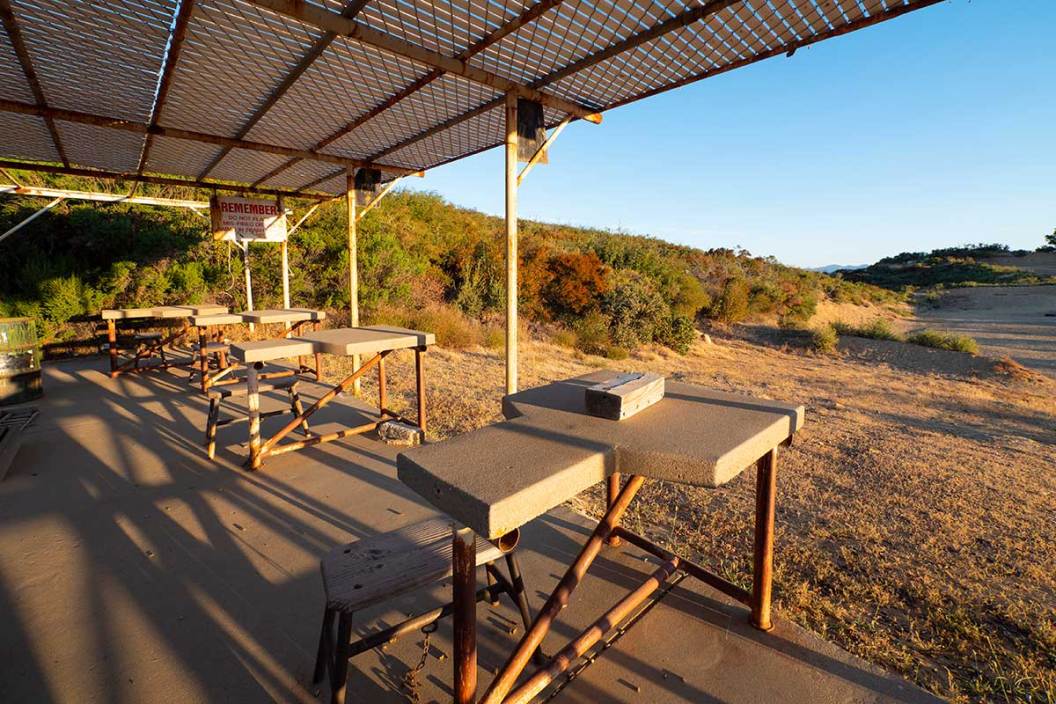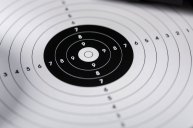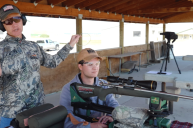Looking for a few budget shooting range tips? Stay active and efficient with these pointers.
When it comes to the shooting sports, we're always trying to learn. Whether you are an experienced shooter or a first time range rat, you can always use a little advice.
It stands to reason that beginners and veteran firearm owners might be looking for a few ways to to save a little time and money at the shooting range, especially if it means saving up for another new gun.
At the end of the day, each shooter is responsible for shooting safety. The effort that you put into being the best firearms owner that you can be often means practicing. Unfortunately, that comes with a certain financial burden for all of us.
We'll try to help cut costs and trim time without sacrificing safety or responsibility.
The Shooting Range
If run properly, a local gun range is a blessing and its owners and employees work to make firearm safety and the shooting sports available to all. Whether it's an outdoor shooting range or an indoor shooting range, it can be viewed as an appropriate setting to teach proper firearm use, safety, and techniques to those with the desire to learn the right way.
They generally offer the proper backstops for pistol shooting, your rifle, or virtually any firearm that you own with a few exceptions (always inquire to the curators before bringing any firearm to their range). Many, if not most, offer gun rentals to the novice or first time shooter along with instruction, and they usually have a gun shop that carries a decent selection.
This goes along with ear protection, eye protection, and an experienced shooter to guide you.
But, enjoying this blessing is typically not free.
Ranges need to charge a fee to their customers to stay in business, and we understand that. But they aren't all equal, and they'll usually offer a variety of usage or membership fees. As a place for prospective gun owners to start, shooting ranges are important settings. But doing your homework before settling on one is even more important.
Know what amenities you want, and weigh the differences in location (consider the gas it'll take to get there) and operation hours before you decide which is the best (and more financially-conscious) shooting range for you.
Backyard Gun Range
Whether it was with dad or grandad, many of us did our first shooting with the old .22 rifle in the back 40 acres of a family property. The .22 is easy to use, safe to handle, and gives the accuracy needed to get confident. And there's nothing like home field advantage when learning a new skill.
But even though it's a preferred method, setting up a shooting range of your own to use at your leisure (and for free, minus set up costs) is easier said than done. Not everyone has the amount of land set up for such an undertaking, and certain laws have changed making it, in some cases, illegal.
If you are able to set up your own, take some time to plan and design it so it works for you and your needs. If you want to get better with a shotgun and shoot sporting clays, a thrower might be a worthy investment. But if you're sighting in your rifle for deer season, it's not. Create only the sort of shooting range you need, and you'll save money in the long run.
Plus, if you create a space for friends or family to use, they may be willing to toss you a few bucks, or at least an amount lower than a trip to a private or public range would cost them.
Ammo Consumption
What with the on-going ammo shortage situation, there's no telling how much money you're spending on shells or rounds these days (that's if you can even find it).
Be smart about the shots you take at the range, because every one of them has a price tag attached. When that price tag reaches the levels we're seeing today, any wasted shot equates to wasted money.
If you have to restrict yourself to a certain number of cartridges or shells, and therefore a certain number of shots, you're going to want to be cognizant of each one.

majorosl/Getty
Dry Firing
Shooting targets aren't exactly expensive, but you can also benefit from dry firing.
Dry firing most centerfire rifles and handguns is perfectly safe once you have made certain they are unloaded and pointed in a safe direction. If you prefer to add a snap cap, you're still firing less expensive rounds than live ammo.
In the past, some folks would frown on the idea of dry firing a rimfire gun because repeated dry firing of a rimfire can eventually peen the firing pin, dulling it and causing misfires. But with today's dummy cartridges, that's all changed.
Dry firing is a great way to practice, especially with your favorite pistol. Dry firing works great for sight acquisition and trigger control, which are tremendously important for accurate shooting.
Those who dry fire regularly agree that they have a better feel for their firearm and are therefore more proficient.
Range on a Budget
To become proficient with your own gun, you're going to need to use a shotgun, rifle, or pistol range and it's going to cost some money. The best shooting targets aren't free and neither are those concealed carry classes offered by your local range.
We realize it isn't totally cost-free, but we can all find ways to practice with our favorite firearms at the range while saving a few bucks, and that's not wrong.
Plenty of us started out by plinking bottles and cans, but going to the shooting range was a natural progression to make us better shooters. With that came the need to spend a little money, and hopefully that can be decreased with a smart perspective and a little frugality.
Looking for a little more or even hot lunch for your hunting blind? Follow my webpage, or on Facebook and YouTube.
NEXT: .410 HANDGUN: THE PROS AND CONS OF THESE HEAVY-DUTY REVOLVERS





